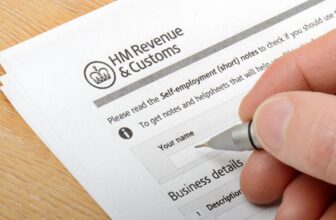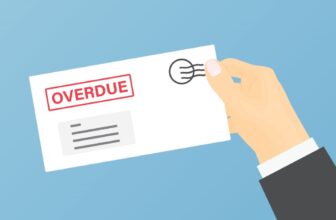
Running a dog walking business can be a rewarding venture, but it’s crucial to stay on top of the financial aspects. Proper book keeping, invoicing, and tax management are essential for the success and longevity of your enterprise. Let’s delve into these vital components and explore how to manage them effectively.
Book Keeping: The Foundation of Financial Health
Book keeping is the cornerstone of any well-run business, and dog walking is no exception. It involves meticulously recording all financial transactions, including income and expenses. This practice not only helps you maintain a clear picture of your financial status but also simplifies tax preparation and business planning.
To begin, choose a book keeping system that suits your needs. Many small business owners opt for user-friendly software like QuickBooks or Xero. These platforms allow you to easily track income, expenses, and generate reports. Alternatively, if you prefer a more hands-on approach, a simple spreadsheet can suffice for recording transactions.
Ensure you maintain separate accounts for your business and personal finances. This separation is crucial for accurate record-keeping and tax purposes. Regularly reconcile your bank statements with your book keeping records to catch any discrepancies early.
Keep detailed records of all business-related expenses, such as:
- Dog walking equipment e.g. leads, harnesses, poo bags
- Vehicle expenses e.g. fuel, maintenance, insurance
- Marketing costs e.g. business cards, website hosting
- Professional development e.g. training courses, certifications
- Capital costs e.g. purchase of a van
Accurate book keeping provides invaluable insights into your business’s financial health, enabling you to make informed decisions about pricing, expansion, and investment.
Invoicing: Ensuring Prompt Payment for Your Services
Timely and professional invoicing is crucial for maintaining a steady cash flow in your dog walking business. Create a standardised invoice template that includes all necessary information:
- Your business name and contact details
- Client’s name and address
- Invoice number and date
- Description of services provided
- Rates and total amount due
- Payment terms and methods
Consider implementing invoicing software to streamline the process. Many platforms allow you to create and send invoices directly from your smartphone, which is particularly useful when you’re constantly on the move.
Establish clear payment terms with your clients. Will you require payment upfront, or offer a grace period? Consider offering incentives for prompt payment or implementing late fees for overdue invoices. Whatever your policy, communicate it clearly to avoid misunderstandings.
Regular invoicing not only ensures timely payment but also provides a paper trail for tax purposes. Keep copies of all invoices, both paid and outstanding, as part of your financial records.
#DogWalkingBusiness #SmallBusinessFinance #SelfEmployedTips
Helpful Links
Zoho Invoice
Totally free professional invoicing
https://www.zoho.com/uk/invoice/pricing
Stripe Payment Gateway
The perfect companion to Zoho Invoice
Low cost payment handling with swift pay out



